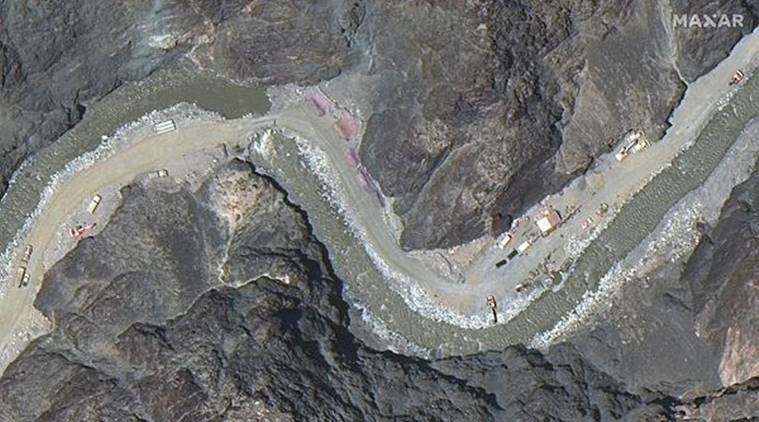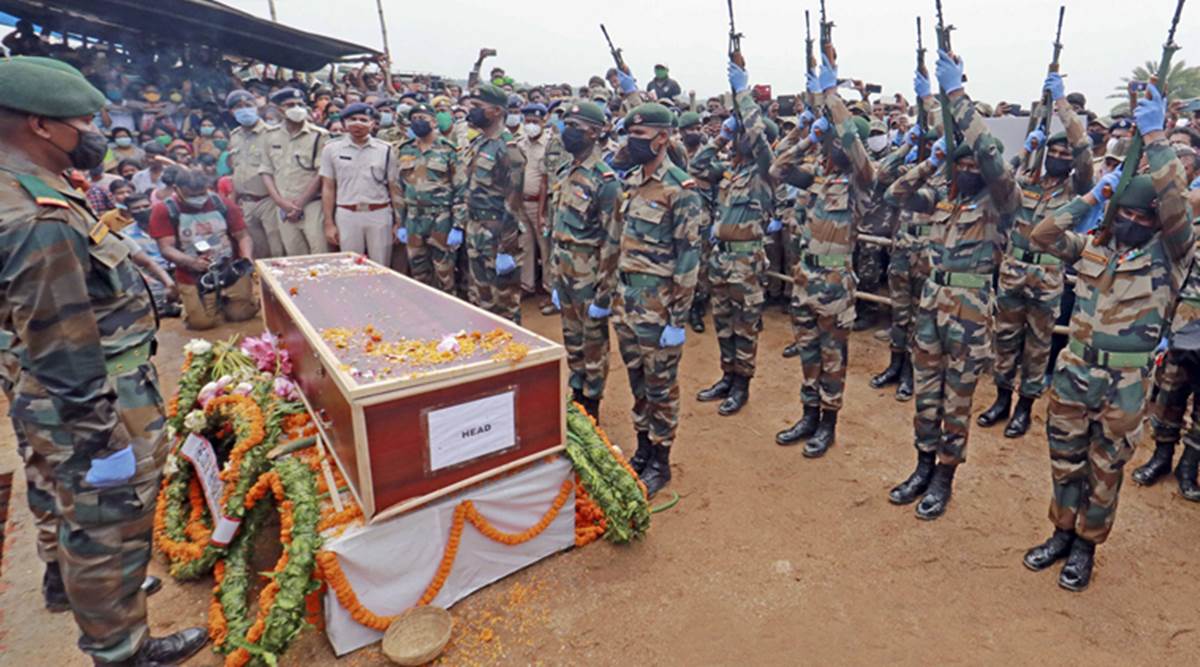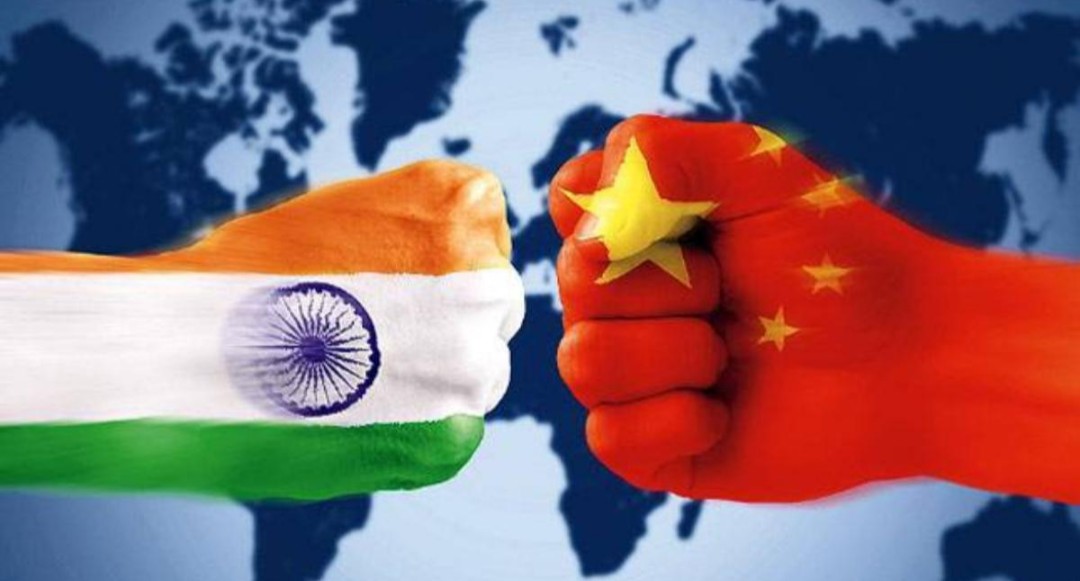Senior sources in the Army confirmed that “the tent which was removed on June 15 has been reported back by our ground troops at PP-14 (Patrolling Point 14)”. Reached for comment, the Army did not confirm or deny the existence of Chinese structures visible in the satellite images.

As India and China hold diplomatic and military talks to disengage troops along the Line of Actual Control in eastern Ladakh, new satellite images show that the Chinese have built a defensive position at the Galwan Valley site of the June 15 clashes in which 20 Indian Army personnel were killed.
Senior sources in the Army confirmed that “the tent which was removed on June 15 has been reported back by our ground troops at PP-14 (Patrolling Point 14)”. Reached for comment, the Army did not confirm or deny the existence of Chinese structures visible in the satellite images.
The images from Maxar, a space technology company, are from June 22 and show that the Chinese have built a defensive position “astride” the LAC near PP-14. The position has been built between June 16 and June 22 because Planet Labs satellite images of the location on June 16, a day after the clashes, do not show any such infrastructure.
On June 20, the Prime Minister’s Office, in a statement, had said that “as regards transgression of LAC, it was clearly stated that the violence in Galwan on 15 June arose because Chinese side was seeking to erect structures just across the LAC and refused to desist from such actions”.
After analysing the new satellite images, Lt General (retd) AL Chavan, who also served as Division Commander of the 3rd Infantry Division, responsible for eastern Ladakh, told The Indian Express “it appears to be a proper defensive position which has been developed by the Chinese”. He said it appears that “the hillside, which is to the southern side, has also got some defensive positions”
“Between June 15 and June 22, it is clear that the Chinese have developed that position,” he said.
Chavan said “about 20-30 soldiers can occupy the position” which appears to be an equilateral triangle “with approximately 65 metres frontage”.
 Army jawans pay gun salute to Rajesh Orang during his last rites at his ancestral village Belgoria in Birbhum district of West Bengal, Friday. (PTI)
Army jawans pay gun salute to Rajesh Orang during his last rites at his ancestral village Belgoria in Birbhum district of West Bengal, Friday. (PTI)
He said he was not sure if the position was built on the Indian or the Chinese side of LAC “because without an accurate survey and enlarged maps, ascertaining the exact alignment of the LAC as claimed by the two sides is not possible”. But “definitely one thing is clear that it appears to be astride the LAC,” he said.
 Lt General (retd) AL Chavan, who also served as Division Commander of the 3rd Infantry Division, responsible for eastern Ladakh, told The Indian Express “it appears to be a proper defensive position which has been developed by the Chinese”.
Lt General (retd) AL Chavan, who also served as Division Commander of the 3rd Infantry Division, responsible for eastern Ladakh, told The Indian Express “it appears to be a proper defensive position which has been developed by the Chinese”.
“If it is on our side of the LAC, it changes the status quo, because defences have been developed,” he said.
But even if it is not, Chavan said, “as per the agreements, which we have in force since 1996, they are not supposed to be developing these defences where there is a difference in perception. Such a construction clearly violates the agreements”.
He said PP-14 should be around the junction of the Galwan Nala and the Nala coming from the north and that “all the patrolling points have been so developed that our perception of the LAC lies ahead of that”.
A former Army Commander, who has also served in the region, said the structures appear to be “stone walls with sheets on top for protection against the weather,” which can be used “just to house troops”.
In the meetings between Corps Commanders of the Indian and Chinese armies on June 6 and June 22, it was decided that as part of stage-wise disengagement, a de facto ‘buffer zone’ will separate the troops — the clashes on June 15 had taken place over vacating this buffer zone.
With inputs from The Indian Express

